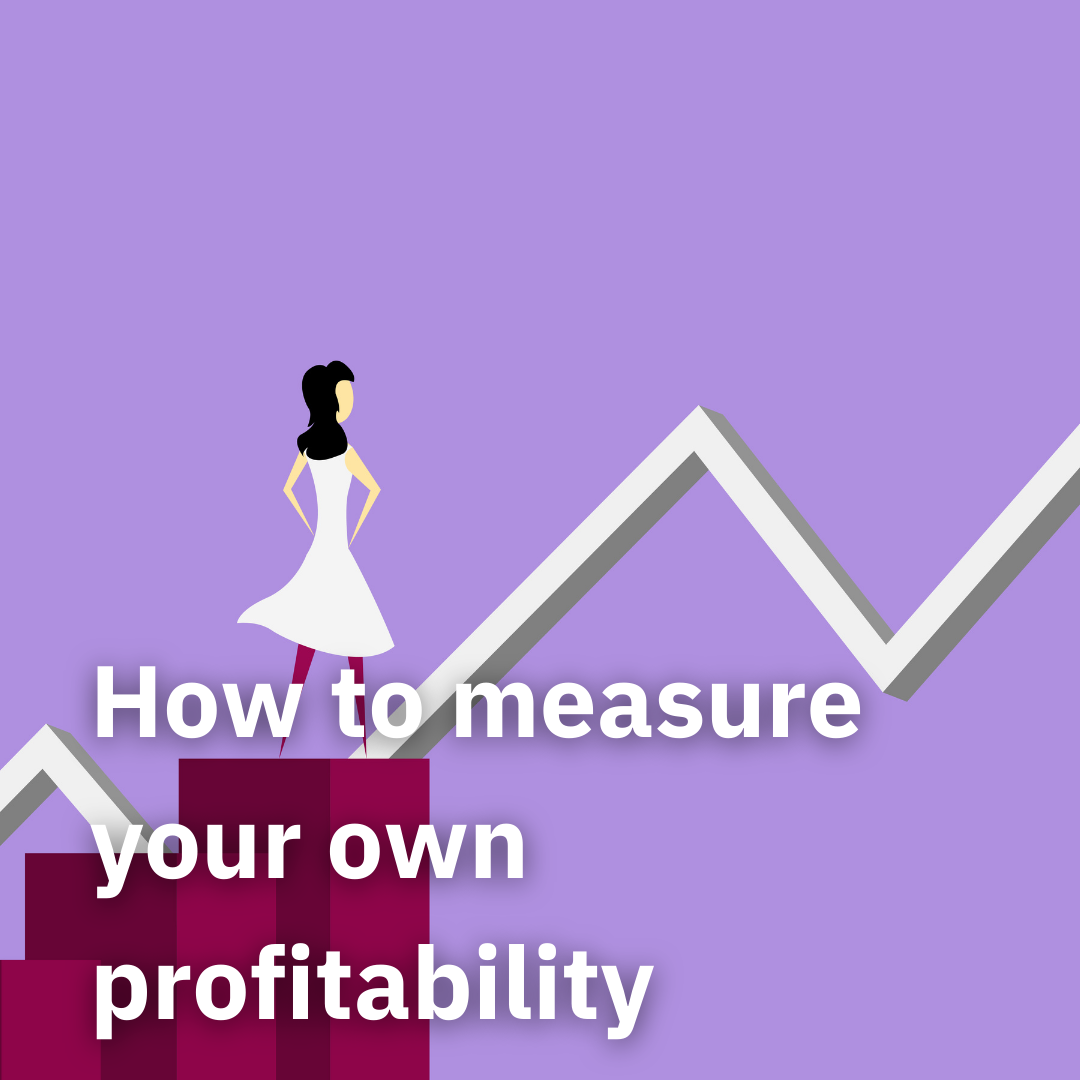Profits are earned when the value of a company's output exceeds the cost of its input. The term profitability, on the other hand, refers to your company's capacity to make a profit on a given investment.
As a result, the fundamental purpose of any business operation is to make money. Without profitability, no firm can exist in the long run.
How can I measure my own business’ profitability?
Profitability may be measured in a variety of ways. Calculating profitability ratios, doing breakeven analysis, and assessing return on assets and investments are just a few examples.
We'll go over everything you need to know about doing a profitability study of your business in the following list:
- Break-even analysis
The break-even analysis is a straightforward tool. It aids you in determining the link between revenue, product expenses, and sales volume in your firm.
As a result, determining your company's break-even point is incredibly useful. This is because it indicates if your company is profitable or losing money. If your firm is profitable, it will tell you how much of a buffer you have in case your revenues drop. If, on the other hand, your firm is losing money, your break-even point will show you how far away you are from making a profit.
- Margin and Profitability ratios
These statistics show how well your company uses its resources to generate profits and value for its owners. Furthermore, greater profitability ratios are frequently sought by businesses since they indicate that the company is functioning well in terms of creating revenues, earnings, and cash flows.
One of the most widely utilised profitability measurements is the margin ratio. These give you information about your company's capacity to turn revenues into profit.
Margin ratios, in other words, show what percentage of your company's revenue has been transformed into profits. They are commonly used by stakeholders such as creditors, investors, and business owners to assess a company's financial health and potential for development.
- Return on assets
This ratio calculates the link between the earnings your company makes and the assets it uses. As a result, the return on assets ratio reflects how well your company uses its assets.
Can I determine future profitability?
In a nutshell, you may achieve this with a pro forma income statement, which consists of four parts:
- Sales projections
- Cost of goods sold or value of services
- Other expenses
- Estimated gross profit
Creating a month-by-month report for each of these categories and tracking the results will allow you to understand whether your company is successful or if there are areas where you can improve to ensure that these areas can contribute to the overall growth of your business.
Running a business has a variety of obligations; one of the most important is assessing and analysing your company's profitability since it is critical to its success.
For more information on how we can help your business, please contact us at [enquiries@personafinance.co.uk].



